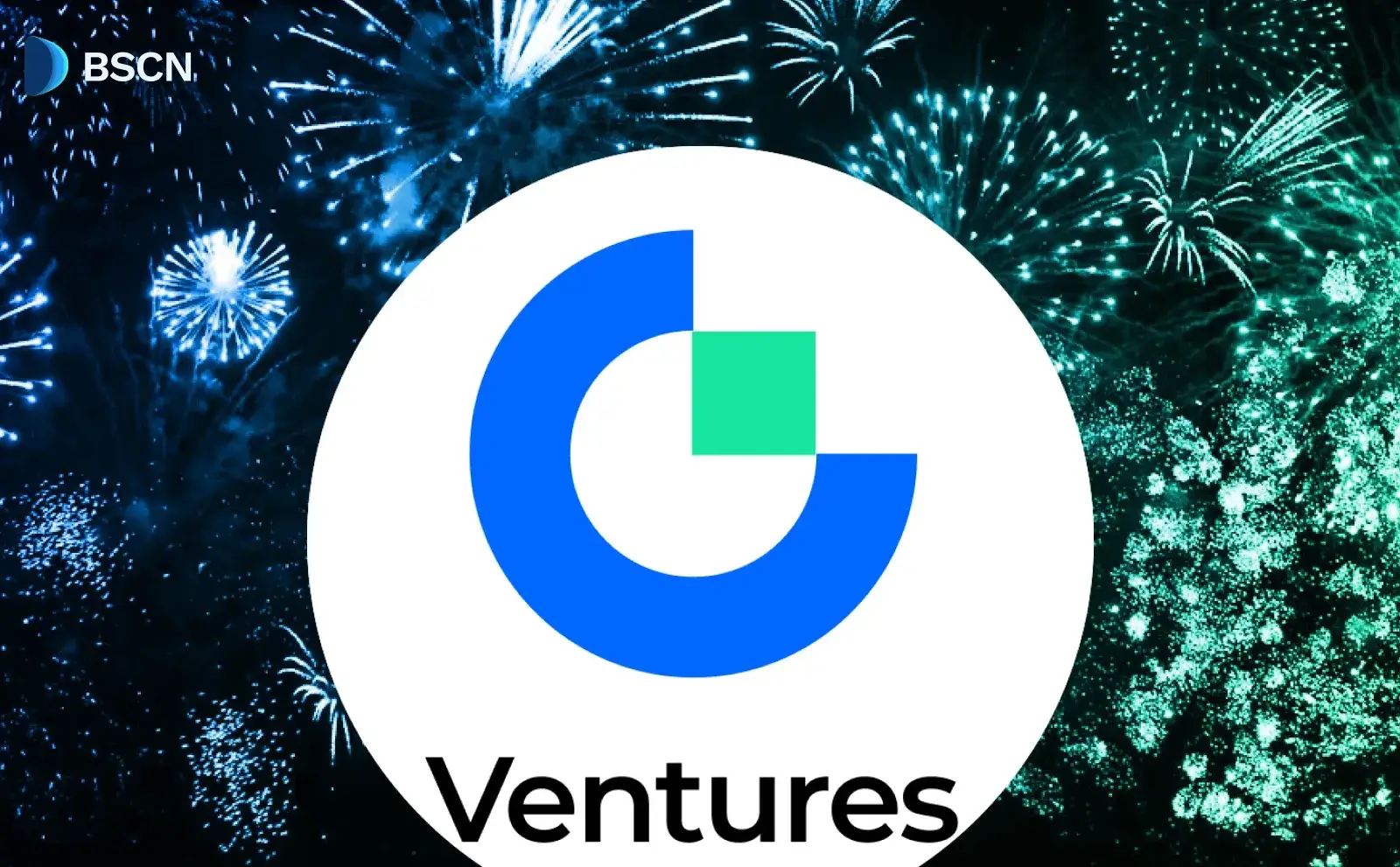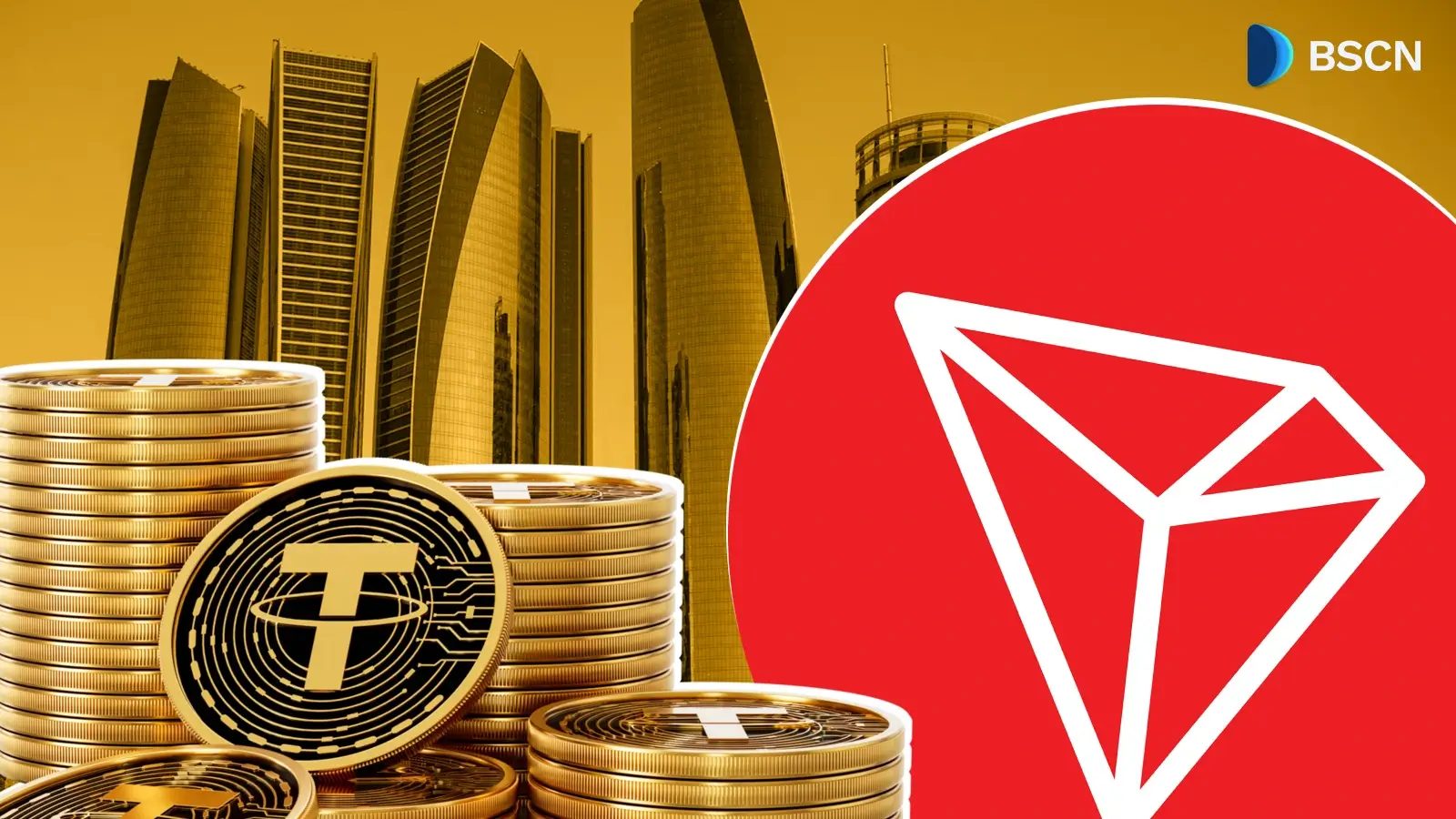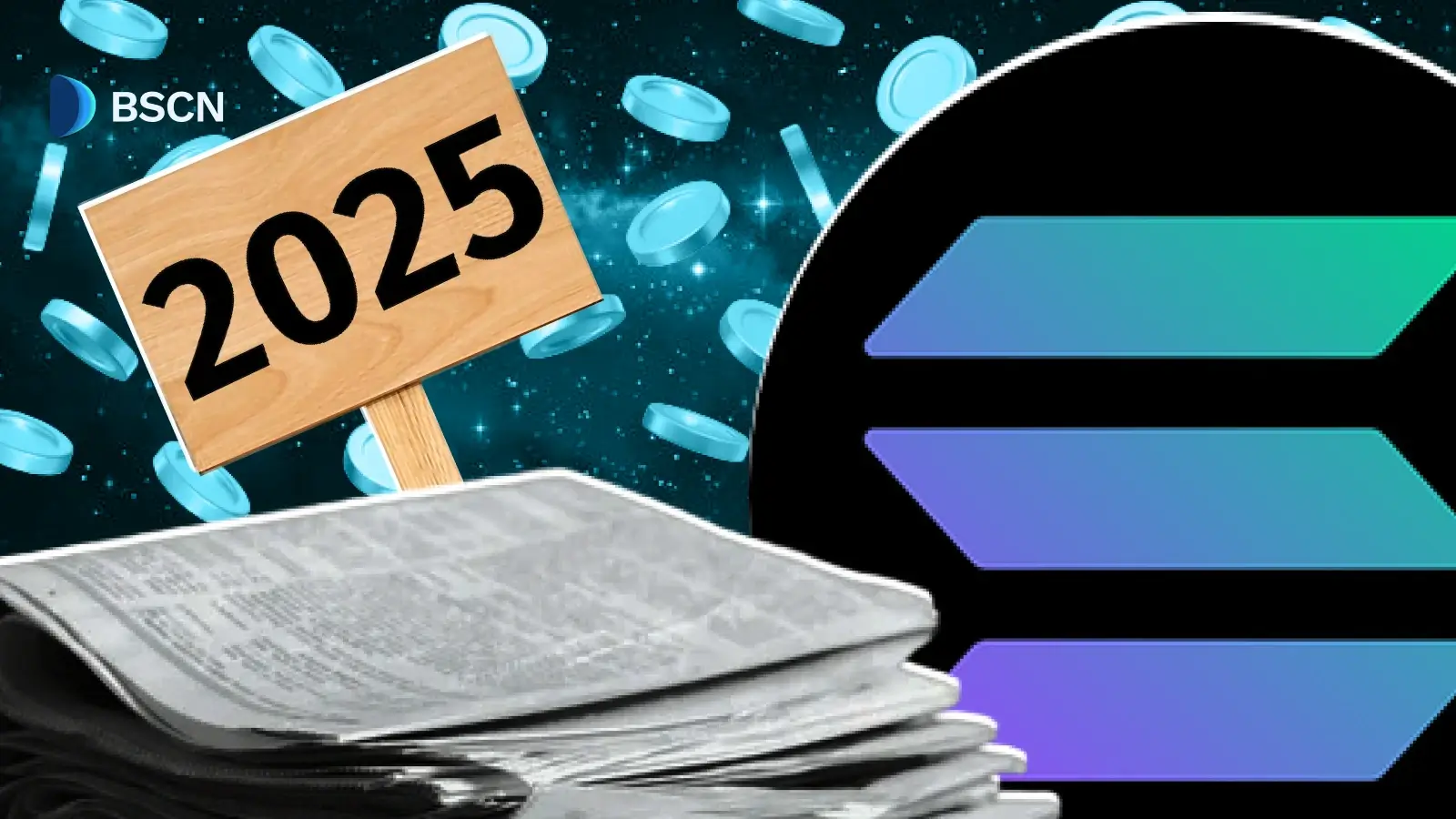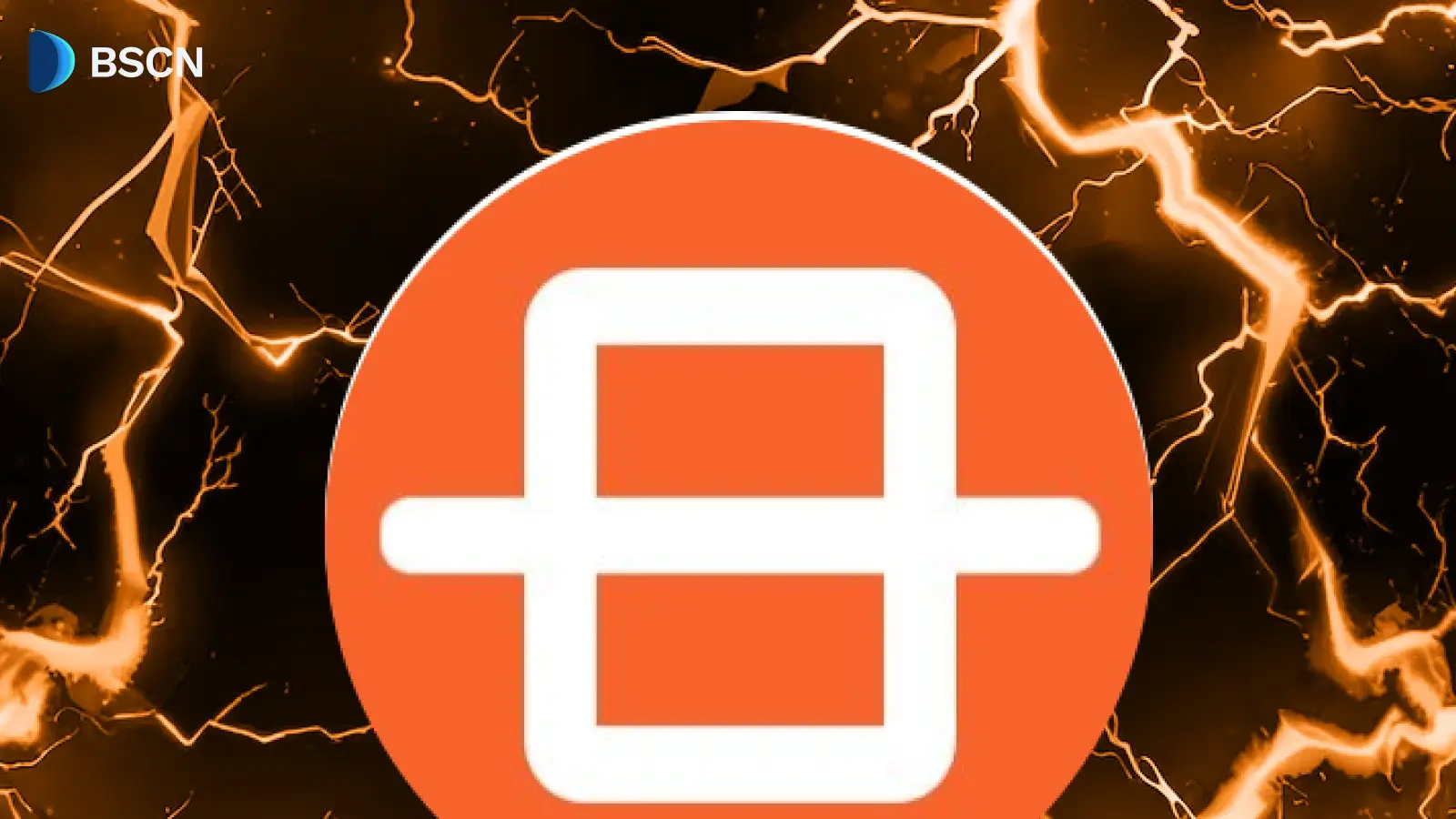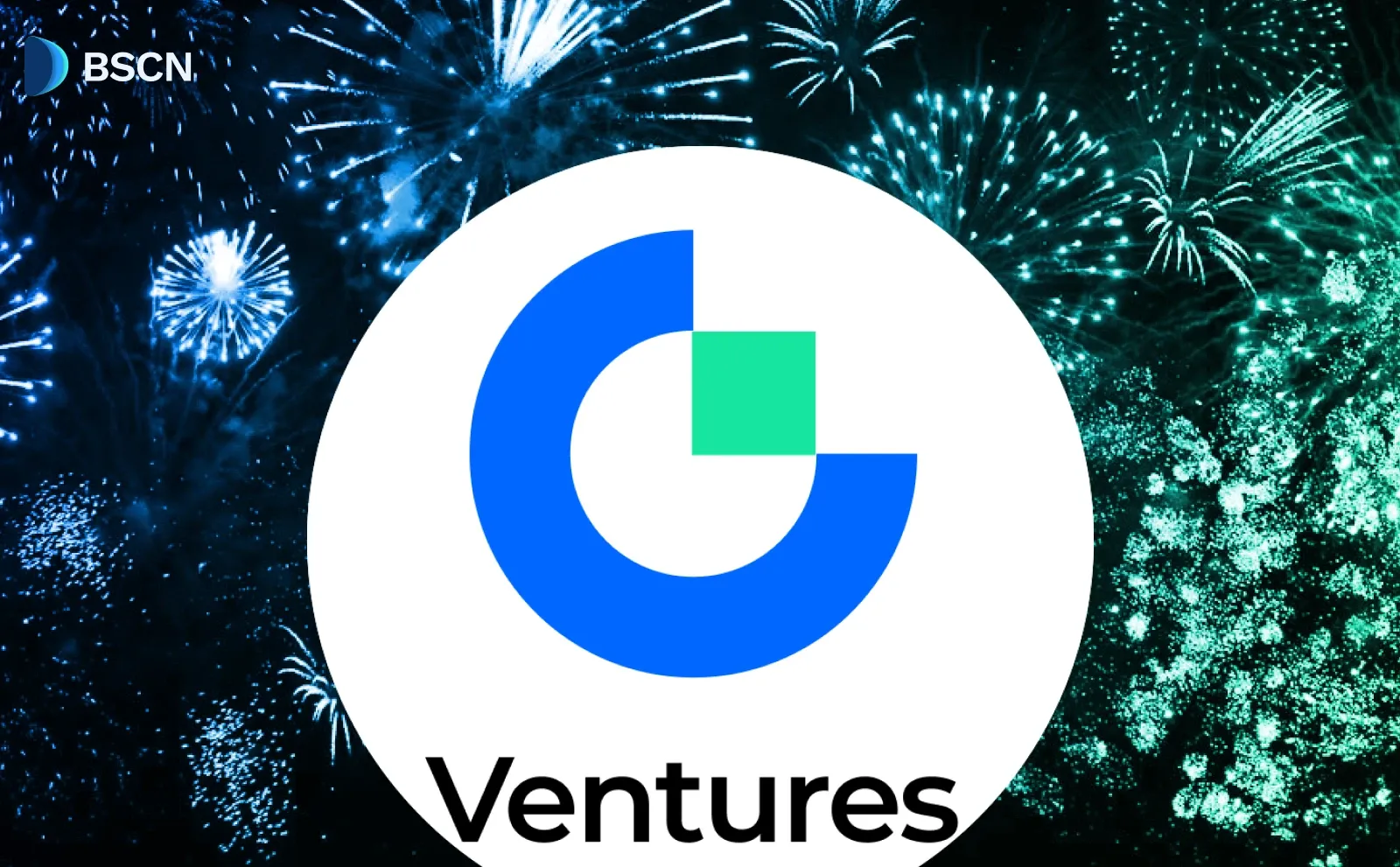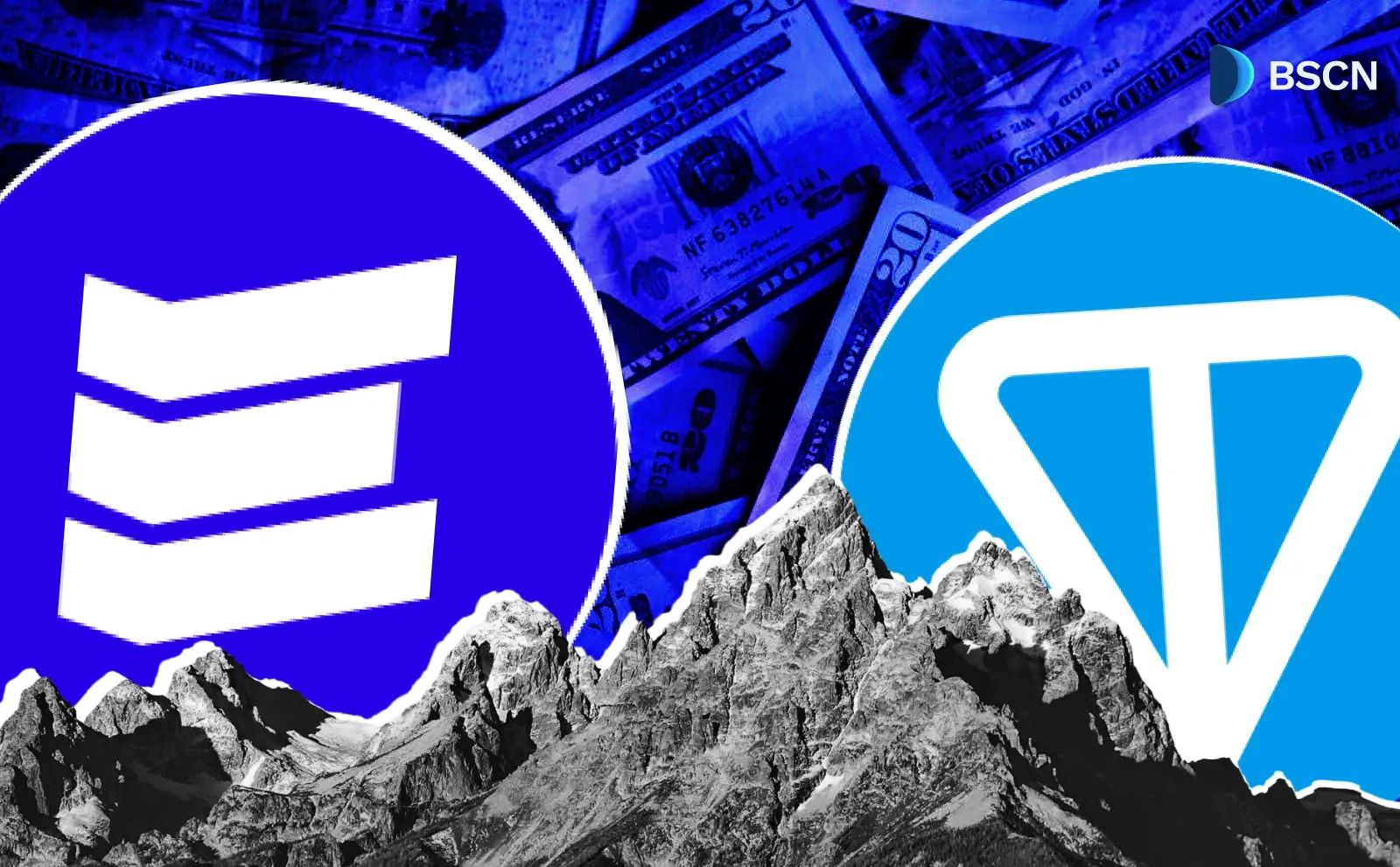Research
(Advertisement)
Coining on Zora: Debating the New Controversial Meta

Zora’s coining model turns every post into a tradable token. We explore its structure, impact on creators, and the Base controversy.
Miracle Nwokwu
April 17, 2025
(Advertisement)
Table of Contents
On April 16, Base, a Coinbase-backed blockchain network, posted an image on X with the tagline “Base is for everyone,” linking to a tokenized post on Zora, an onchain social network where every post becomes a tradeable ERC-20 coin. What seemed like a routine marketing move spiraled into a firestorm of debate across the crypto community. Within hours, the “Base is for everyone” token skyrocketed to over $13 million market cap from an initial $22 (over 580,000x increase).
As of writing, the token has generated over $36 million in trading volume, with Base accruing more than $76,000 in creator earnings.
Base is for everyone. pic.twitter.com/gq3lLLuXO1
— Base (@base) April 16, 2025
The explosive growth, coupled with Base’s clarification that the token was not an investment but a cultural collectible, has ignited a broader conversation about Zora’s coining model and its implications for creators, collectors, and the crypto ecosystem.
Is Zora’s “every post is a coin” meta an innovative step toward democratizing creativity, or another speculative bubble? This article explores the controversy, the mechanics, the backlash, and the potential of Zora’s bold experiment.
Understanding Zora’s Coining Model
Zora, often likened to an onchain Instagram, is a social network built on blockchain technology, primarily on Base, Ethereum, and its own Layer-2 Zora Network. Unlike traditional platforms where likes and follows drive engagement, Zora transforms every post, be it an image, video, or text, into a tradeable ERC-20 token with a 1 billion total supply. Creators automatically receive 10 million coins upon posting and earn 1% of every trade through Uniswap liquidity pools.
This model, introduced in February 2025, shifts away from Zora’s NFT roots, where posts were minted as ERC-1155 tokens, to a more liquid, instantly tradeable system. The goal? To empower creators to monetize their work directly, bypassing the need for massive followings or platform gatekeepers.
Posts on Zora are now instantly tradable coins.
— zora (@zora) February 21, 2025
+ Each post is a coin with a supply of 1 billion
+ Creators automatically receive 10 million coins at launch
+ Creators earn 1% of every trade
Coin it. Trade it. Discover the value of your posts. pic.twitter.com/oAdBde1aWv
The process is simple:
- Create a Post: Sign into zora.co, upload content (GIF, JPG, PNG, or MP4 up to 2GB), and add a title and caption. The title becomes the coin’s ticker.
- Coin It: Upon posting, Zora creates a liquidity pool on Uniswap, and the creator receives 10 million coins. Creators can opt to buy more tokens upfront (e.g., for 0.001 ETH).
- Trade and Earn: The coin is instantly tradeable on Zora’s platform or Uniswap. Creators earn from trading fees, while collectors and traders speculate on the coin’s value.
This model has driven significant activity. Since its inception, Zora has seen over 2.4 million collectors and 618,000 creators generate $27.7 million in rewards, with $376 million in secondary trading volume. High-profile campaigns, like Coinbase’s “Stand With Crypto” and Uniswap’s brand partnerships, showcase Zora’s potential as a marketing and monetization powerhouse.
The Base Controversy: A Case Study in Optics and Execution
Base’s “Base is for everyone” post on Zora was meant to celebrate its community ethos. The token, however, surged to a peak market cap of $17.1 million within an hour before crashing nearly 90% to $1.9 million, later stabilizing around $7.7 million. The rapid pump-and-dump sparked outrage on X, with critics like Pierre Rochard, a former Riot Platforms researcher, calling it “terrible for the industry” and a “short-term transactional extraction.” Others, like Abhishek Pawa of AP Collective, argued that while the concept of content coins has potential, Base “fumbled execution, optics, and trader expectations.”
Base quickly clarified that the content they share is only “creative” and not “official network tokens for Base, Coinbase, or any other related product”. In the Zora post, they emphasized that Base would hold its 10 million tokens without selling and redirect all fees to grants for builders. Yet the damage was done. Hundreds of X posts lambasted Base, with one user declaring, “Any credibility this chain had is now gone.”
The controversy wasn’t just about Base’s token. It highlighted broader concerns about Zora’s coining model:
- Lack of Transparency: As seen in a prior incident with blockchain investigator ZachXBT, Zora’s UI doesn’t always clearly indicate that posts become tradeable tokens, catching creators off guard.
- Speculative Frenzy: The instant liquidity of Zora coins fuels memecoin-like speculation, undermining the platform’s “content coin” narrative.
- Creator Responsibility: Critics argue that creators, especially high-profile ones like Base, must anticipate how their posts might be perceived in a speculative market.
Content Coins vs. Memecoins: A Semantic Divide
Zora’s defenders, including Base creator Jesse Pollak, argue that coining on Zora is about normalizing onchain content, not launching memecoins. Pollak, who has coined dozens of tokens on Zora, tweeted, “Someone has to normalize putting all of our content onchain.”
X user @__iamcharis echoed this, distinguishing content coins from memecoins: “Content coins are tied to creative output, rewarding artists for their work. Memecoins are often speculative, driven by hype without substance.” Content coins, in theory, align with Zora’s mission to create a “free and valuable internet” where creators capture the value of their attention.
Yet the line blurs in practice. Zora coins, with their 1 billion supply and instant Uniswap listing, behave like memecoins, attracting traders chasing quick gains. The “Base is for everyone” token’s meteoric rise and crash mirrored classic memecoin volatility, not the steady value accrual of a cultural asset. Critics like Bash, CMO of TaskOn, object to this dynamic, tweeting, “Turning every post into a coin risks turning creativity into a casino.” The debate hinges on whether Zora’s model genuinely empowers creators or merely gamifies content creation.
The Bull Case: Democratizing Creativity
Zora’s coining model has undeniable strengths. For creators, it offers:
- Direct Monetization: Unlike Web2 platforms where ad revenue flows to the platform, Zora’s 1% trading fee goes to creators, fostering financial sovereignty.
- Low Barriers: Anyone can post and coin content without needing a large audience or technical expertise.
- Community Engagement: Collectors can support creators by buying coins, creating a direct creator-fan economy.
For brands and projects, Zora is a new marketing channel. Coinbase and Uniswap have leveraged Zora for campaigns, with Base’s “Job’s Not Finished” post minted 2 million times in 24 hours. The platform’s integration with Base, Ethereum, and other chains ensures broad reach, while its wallet-less UX lowers onboarding friction.
Zora empowers creators to monetize their ideas. The $ZORA memecoin, set to launch in Spring 2025 with a 10% airdrop for active users, further incentivizes participation, potentially driving ecosystem growth.
The Bear Case: Speculation and Sustainability
Skeptics, however, see Zora’s model as a double-edged sword. The instant liquidity of coins invites speculative trading, which can overshadow creative intent. The ZachXBT incident, where an NFT post unintentionally became a $15 million memecoin, highlights the risks of automation without clear communication. Similarly, Base’s token debacle suggests that even well-intentioned posts can trigger market chaos.
Critics also question the model’s sustainability:
- Market Saturation: With every post becoming a coin, the market risks flooding with low-value tokens, diluting quality content.
- Creator Burnout: The pressure to create viral posts to drive coin value could mirror Web2’s engagement treadmill, undermining Zora’s anti-exploitation ethos.
- Regulatory Risks: Tokens labeled as “collectibles” but traded like memecoins may attract scrutiny from regulators, especially given Zora’s “for fun only” disclaimer.
The fear is that Zora’s noble vision of onchain creativity could devolve into a speculative free-for-all, if it is rather used as a memecoin launcher.
The Road Ahead
For Zora, improving user education and UI clarity is critical. Adding warnings about automatic token creation or allowing creators to opt out of coining could mitigate backlash. There is also a need for snipe protection, preventing whales from purchasing large portions of content coins. Balancing liquidity with creative intent will determine whether Zora’s model endures.
Zora’s coining meta is a bold experiment in redefining how value flows on the internet. By turning every post into a tradeable coin, it challenges Web2’s exploitative models, offering creators a stake in their attention economy. However, the crypto community’s polarized response reflects a deeper tension between innovation and responsibility.
For now, creators and collectors should approach Zora with curiosity and caution, recognizing its potential to reshape content monetization but also its pitfalls. The meta is new, controversial, and untested, but in crypto, bold experiments often come with risks and rewards.
Read Next...
Disclaimer
Disclaimer: The views expressed in this article do not necessarily represent the views of BSCN. The information provided in this article is for educational and entertainment purposes only and should not be construed as investment advice, or advice of any kind. BSCN assumes no responsibility for any investment decisions made based on the information provided in this article. If you believe that the article should be amended, please reach out to the BSCN team by emailing [email protected].
Author
 Miracle Nwokwu
Miracle NwokwuMiracle holds undergraduate degrees in French and Marketing Analytics and has been researching cryptocurrency and blockchain technology since 2016. He specializes in technical analysis and on-chain analytics, and has taught formal technical analysis courses. His written work has been featured across multiple crypto publications including The Capital, CryptoTVPlus, and Bitville, in addition to BSCN.
(Advertisement)
Latest News
(Advertisement)
Crypto Project & Token Reviews
Project & Token Reviews
Comprehensive reviews of crypto's most interesting projects and assets
Learn about the hottest projects & tokens



